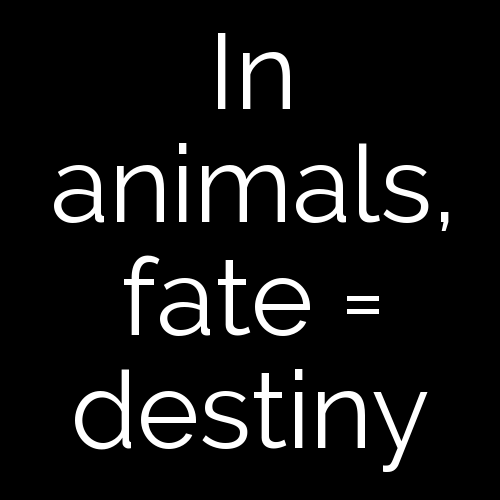The 4 mutations that triggered the evolution of the family
Each species develops the reproductive strategy most fitted to its ecological niche. Humans developed a pair-bonding, social monogamy system.
Our present undertanding of evolution suggests the main mutations that triggered this outcome are:
1. The evolution of bipedalism (walking upright) made pregnancy more motion-limiting for mothers. Also, it twisted the birth canal making delivery complicated and exhausting.
2 . Encephalization (enlargement of the brain), made birth a complicated and prostrating endeavor. These large-headed offspring can only be born with an incomplete skull. This make them immature and unable to even walk for a year, making them the most utterly dependent creature among mammals.
3. Opposable thumbs gave us great capabilities, but impeded the ‘clipping’ of babies on the mother’s fur, as the other primates do to carry them arround. This forced mothers to bear newborns in their arms, limiting their gathering and feeding abilities to a minimum.
4. The appearence of menopause (interruption of female fertility at the middle of their lives) is quite weird, considering evelution is maximization of the flow of life. But it enables grandmothers to collaborate in their grandchildren’s upbringing, something that, for the flow of life, has proven to be better than having their own children.
In this ecological niche, Nature tested a pair bonding reproductive systems that incentivized the male to stay around the mother of his offspring, helping her, to nurture them. The human family was invented.
It is important to find the natural roots of human institutions, so not to use them in a wrong, unnatural, way.









